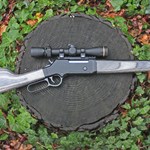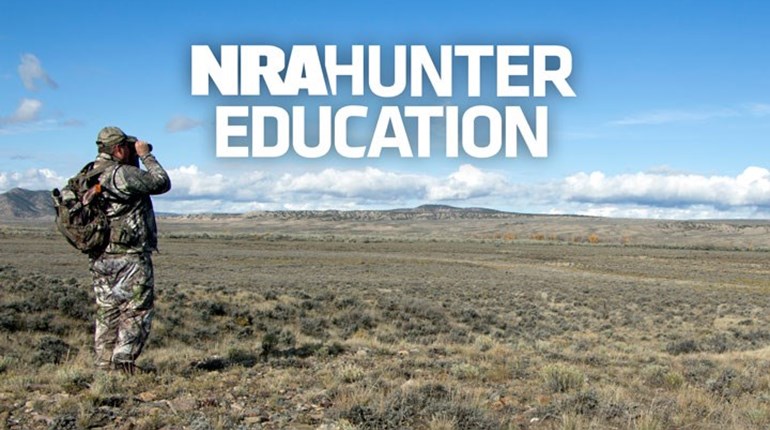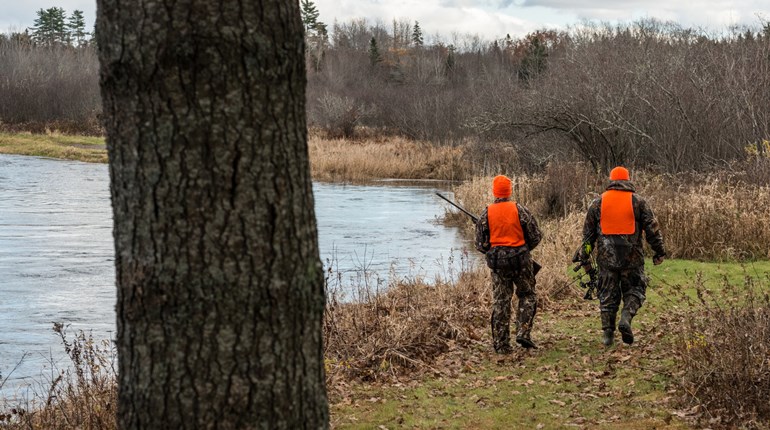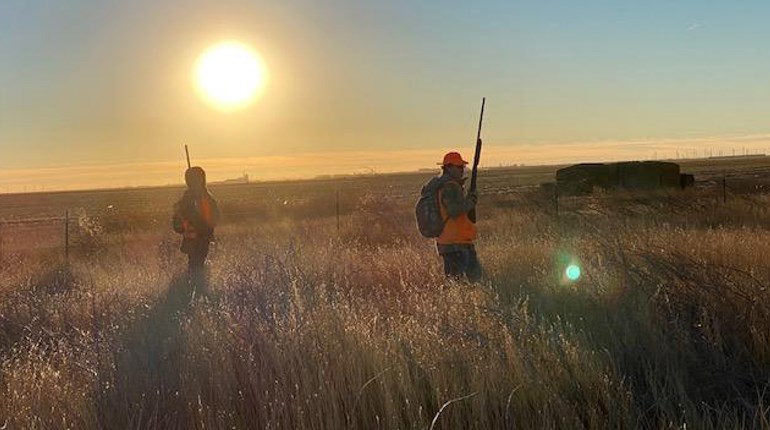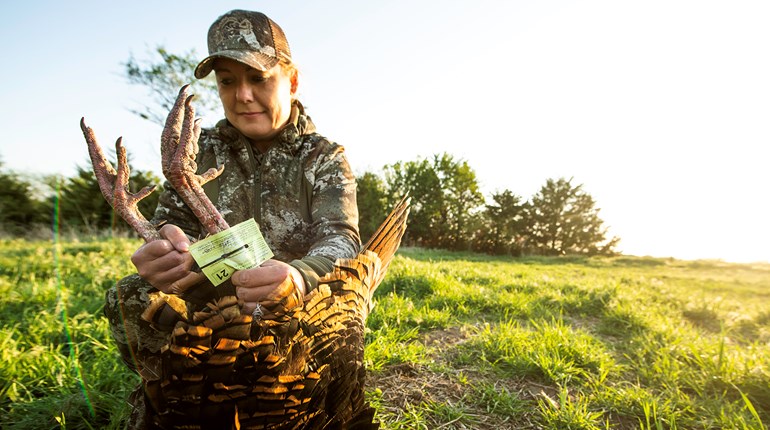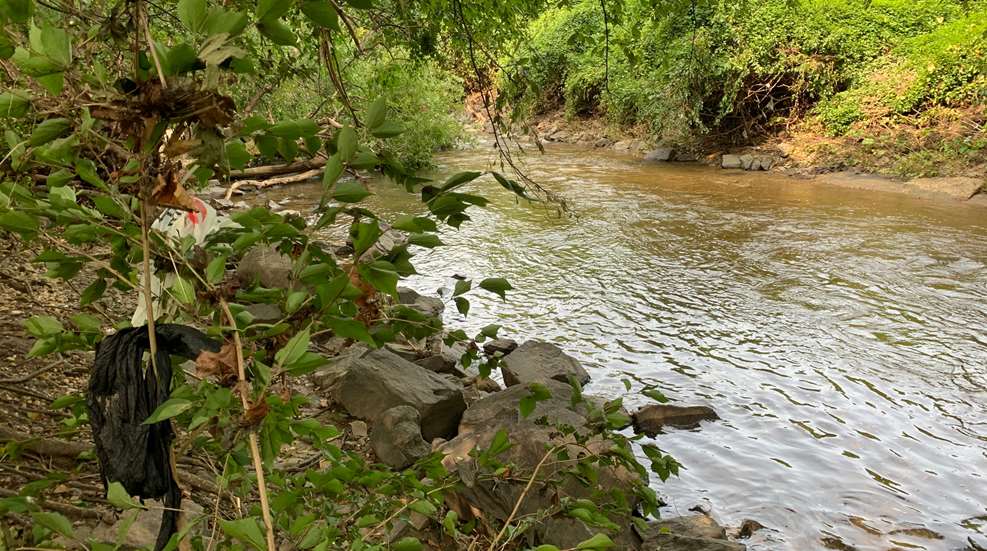
Many NRA Women who love the outdoors are familiar with the concept of "Leave No Trace" (LNT). However, LNT is more than just picking up your trash. The Leave No Trace Seven Principles outlined below, originated by the spirited organization of the same name, aim to help people care for the outdoors. If followed properly, they ensure that those who come after you will find no evidence of you being there. This helps keep even the tiniest of ecosystems healthy and creates a pristine experience for the next wandering traveler that happens upon the same rock, trail or tree. For NRA Women, hunting and shooting in the wilderness also entails a few extra steps to truly Leave No Trace.
Plan ahead and prepare.
In Hunter Education, you are taught to bring a map and compass or GPS system on your hunting trips. By following trails and maps, you won’t have to resort to leaving breadcrumbs to find your way out (Hansel and Gretel would have been on LNT’s Most Wanted list). Flagging trees or rocks with paint or chalk as a navigation system is damaging to the environment, while also leaving a noticeable mark.
Obtaining the proper licenses and adhering to bag limits are also a part of the necessary preparation for your trip. Almost every other principle falls back on this initial rule. How can you pack out your trash without first thinking to bring a trash bag? Planning your trip with LNT in mind will save you from future stressful situations.
Travel and Camp on Durable Surfaces
They say a good campsite is found, not made. Under no circumstances should you clear vegetation for a place to camp. Staying at least 200 feet from bodies of water is also important so as to not contaminate water sources (this means no urinating in streams, gentlemen).
Dispose of Waste Properly
The ideal way to handle this is to “pack it out.” Everything you bring into the wilderness, you should bring out. This includes solid human waste if possible (just like you pick up after your dog). If it isn’t possible, you should dig a hole at lease 6 inches down and away from the trail or water to dispose of human waste. It may not seem like a big deal, after all, animals poop in the woods all the time. However, human waste spreads disease and contaminates water sources. If you’re hiking in the west in a dry, desert climate, your waste will not decompose. It will petrify and sit there for years, desecrating a once pristine landscape.
Hunters and shooters should always pick up their spent shells and brass. Leaving it is littering. Hunters should also be mindful of the leftover guts after a field dressing. Although natural and degradable, they are smelly and dangerous. Be sure to drag them far from the trail to avoid attracting bears or offending a fellow adventurer.
Minimize Campfire Impacts
With wildfires raging in the west, this is more important than ever. Irresponsible bonfires can not only cause wildfires, but damage the surrounding ecosystem. Use only designated fire pits or a portable campfire in the woods. If you’re in a more remote location with no fire rings, build only a small and controllable fire in a spot clear of trees or vegetation. Most importantly, don’t forget to put it out completely. Also refrain from burning trash; typically it will not completely burn away and only scatter small bits.
Leave What You Find
A recent trend I have noticed on countless outdoor excursions is stacking rocks. There is a name, rooted in Gaelic history, for rock stacks: cairns. Proper cairns are used as navigational beacons, some still standing after thousands of years. However, a new fad has emerged to stack rocks as a selfish “I was here” marker, art or a memorial. You should not do this. It disturbs the environment, may misdirect a lost hiker and mars the landscape with an eyesore.
Essentially, leave everything as you found it. For hunters and shooters this also means bringing your own blinds and strap-on deer stands. Dragging limbs and branches to create a makeshift blind and screwing or nailing into trees are both unsafe and bad for the environment. And under no circumstances should you shoot at trees, rocks or non-game animals.
Respect Wildlife
Another one of Hansel and Gretel’s crimes is feeding the animals. Do not store food or trash where animals can access it. Human food is not good for the animals and assimilates them to humans, leaving them vulnerable to predators.
While stalking and shooting an animal may not sound like respect, hunting is essential for population control and improves conservation of our natural lands. However, it is important to hunt responsibly by taking clean shots to avoid wounding an animal. Using every part of your tag is also a sign of respect to the animal; never waste meat.
Be Considerate of Other Visitors
This last one may seem like it has little to do with Leave No Trace, but it is actually a part of LNT’s core values. Leave No Trace is designed not only to protect the environment, but to preserve it for the next person. Being considerate of others means yielding to others on trails so that the flattened ground doesn’t expand from excessive footsteps. Walking one behind the other allows humans to leave as small an impact as possible and encourages vegetation to grow off the trail.
Shooters should take extra care to point their firearms in safe directions and handle them responsibly. Never shoot into an open area or near structures. Hunter-Ed courses handle this expertly, and I highly recommend taking a refresher course prior to each season.
Although these may seem like a lot of rules, with the proper planning and preparation, it will soon seem like second nature to Leave No Trace. On a recent bouldering trip in Alabama, my camping group made a game out of it. If we picked up a piece of trash or squashed a stray campfire spark we would casually remark “Leave No Trace!” Eventually some more ridiculous circumstances arose when someone was halfway up a boulder and cut his knee. He made it to the top without bleeding on the rock: “Leave No Trace!”
The Leave No Trace Seven Principles ©1999 by the Leave No Trace Center for Outdoor Ethics: LNT.org.











